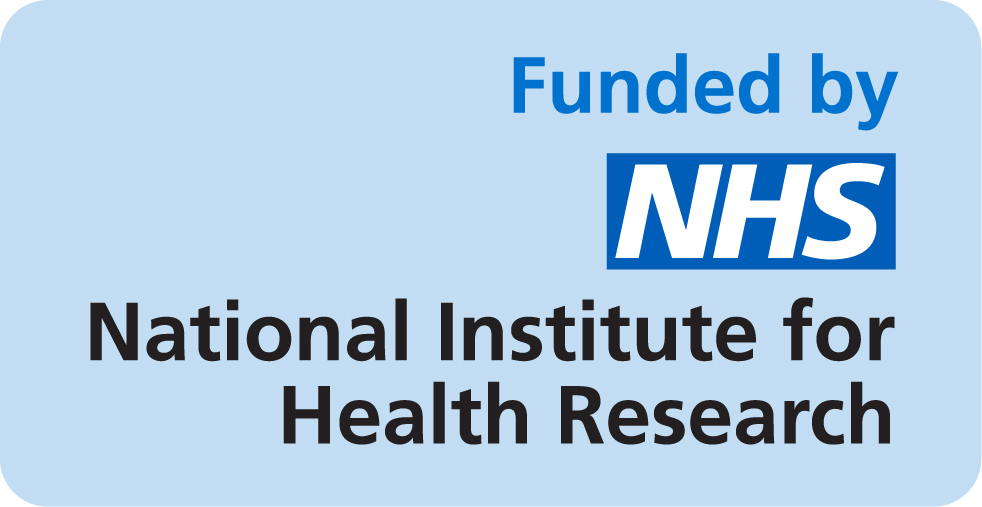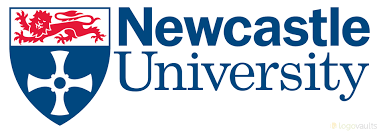News
Dissemination/sharing of results
Findings have been published in peer-reviewed journals.
Daily Mail link:
BMJ Editorial
BMJ main paper
https://www.bmj.com/content/383/bmj-2023-075445
Plain English summary
Septoplasty is an operation to straighten the septum – the partition wall between the nostrils inside the nose. Septoplasty can be used as a treatment for people who have a bent septum and symptoms of a blocked nose like difficulty sleeping and exercising. Medical management (a saltwater spray to clear the nose followed by a nose steroid spray) is an alternative treatment to septoplasty. The NAIROS trial aimed to find out whether septoplasty or medical management is a better treatment for people with a bent septum and symptoms of a blocked nose. A total of 378 patients who had at least moderately severe nose symptoms from 17 hospitals in England, Scotland and Wales took part in NAIROS. Patients were randomly put into one of two groups – either septoplasty or medical management.
We measured patients’ nose symptoms when they joined the study and six months later, using a questionnaire called SNOT-22. We chose this questionnaire because patients told us that it included symptoms that were important to them. Other studies have shown that a nine-point change in the SNOT-22 score is an important difference. We found that after six months, on average, people in the septoplasty group improved by 25 points whereas people in the medical management group improved by 5 points. We saw improvement after septoplasty for patients with moderate as well as those with severe symptoms. Most patients that we spoke to after a septoplasty were happy with their treatment, but some would have liked more information about what to expect after their nose surgery. In the short-term septoplasty is more costly than medical management. However, over the longer term, taking into account all the costs and benefits of treatment, septoplasty would be considered good value for money for the NHS.
Scientific Abstract
Objective
To determine the clinical and cost effectiveness of septoplasty, with or without turbinate reduction, compared to medical management in the management of nasal obstruction associated with a deviated nasal septum.
Design
Multicentre randomised control trial comparing septoplasty with or without turbinate reduction to defined medical management incorporating mixed methods process and economic evaluations.
Setting
17 NHS secondary care hospitals in Great Britain.
Participants
378 eligible participants over 18 years were recruited.
Interventions
Participants randomised on a one-to-one basis, stratified by baseline severity and gender between:
1) Septoplasty, with or without turbinate surgery (n=188)
or
2) medical management with intranasal steroid spray and saline spray (n=190)
Outcome measures
Primary outcome:
Sino Nasal Outcome Test (SNOT-22) score at six months (patient-reported outcome).
Secondary outcomes:
Patient reported outcomes: Nasal Obstruction Symptom Evaluation (NOSE) score at six and 12 months, SNOT-22 subscales at 12 months, Double Ordinal Airway Subjective Scale (DOASS) at six and 12 months, SF-36 and costs.
Objective measurements: Peak Nasal Inspiratory Flow, Rhinospirometry.
Adverse events experienced.
A within-trial economic evaluation from an NHS and personal social services perspective estimated the incremental cost per 1) improvement in SNOT-22, 2) adverse events avoided, and 3) quality-adjusted life year (QALY) gained at 12 months. An economic model estimated the incremental cost per QALY gained at 24 and 36 months.
Mixed Methods process evaluation to:
a) Understand/address recruitment issues
b) Examine acceptability of trial processes and treatment arms.
Results
307 participants provided primary outcome data at six months (septoplasty n=152, medical management n=155). Intention to treat analysis revealed a greater and more sustained improvement in the primary outcome measure in the surgical arm. Six-month mean SNOT-22 scores were 19.9 for septoplasty and 39.5 for medical management, on average -20.0 points lower (better) for patients randomised to septoplasty compared to medical management (95% CI: -23.6, -16.4, p<0.0001). Confirmation by both sensitivity analyses and secondary outcomes. Outcomes were statistically significantly related to baseline severity but to neither gender nor turbinate reduction.
132 Adverse events occurred in the surgical arm and 95 in the medical arm. 14 Serious Adverse Events occurred in the surgical arm and 9 in the medical management arm.
On average, septoplasty was more costly and more effective in terms of improvements in SNOT-22 scores and QALYs than medical management but incurred a greater number of adverse events.
Septoplasty had a 15% probability of being considered cost-effective at 12 months at a £20,000 threshold for an additional QALY. This probability increased to 99% and 100% at 24 and 36 months respectively.
Limitations
COVID-19 had an impact on participant-facing data collection from March 2020.
Conclusions
Septoplasty, with or without turbinate reduction, is more effective than medical management with a nasal steroid and saline spray. Baseline severity predicts the degree of improvement in symptoms.
Septoplasty has a low probability of cost-effectiveness at 12 months but is very likely cost-effective at 24 months.
Future work should focus on developing a septoplasty patient decision aid.
Trial registration
ISRCTN16168569
Funding
National Institute for Health Research HTA award: 14/226/07



